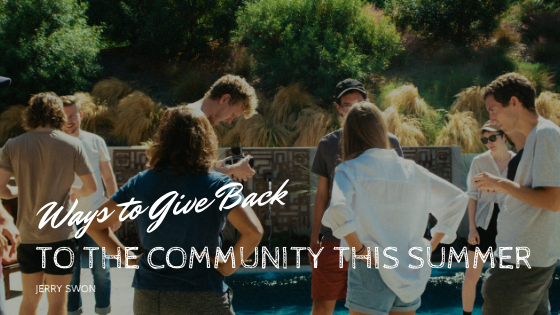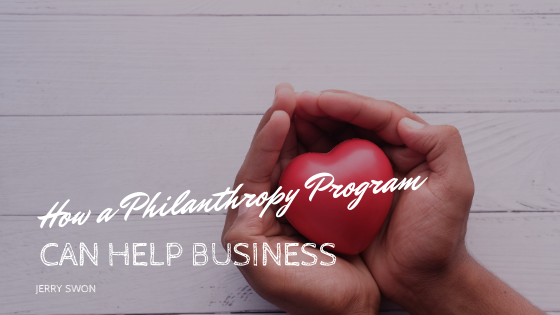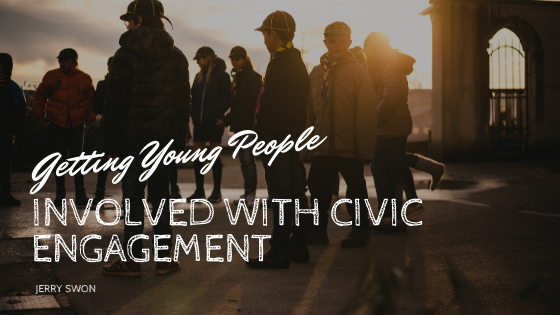The holiday season is a great time for a person to volunteer for the first time. Volunteering can make one feel good, and it can make a difference in one’s community. There are many opportunities for volunteering during the holiday season, and each person can find an opportunity that feels right for them.
Consider Making Cards to Pass Out:
Those who enjoy working with paper and creating crafts can work on putting together special holiday cards. The cards can then be given out to lonely neighbors, those in the hospital, or those who are making a difference in one’s community. Anyone who receives a homemade holiday card will feel special.
Spend Time with Residents in Assisted Living Facilities:
There are people who are living in homes that do not receive a lot of visitors and who can spend the holiday season longing for some company. Those who have the time should consider going to an assisted living facility to spend time with the residents there.
Give to Those Working at the Hospital:
Those who spend long hours working in the hospital during the holiday season will appreciate being remembered. One might put together a gift basket to present to the nurses at a local hospital.
Give to Those Working at the Fire and Police Departments:
Those who work at the fire and police department often have to give of their time during the holidays, missing out on family activities. Volunteers can present such people with baked goods and other gifts that help them know that they are remembered.
Shop for Children Who Won’t Otherwise Receive Gifts:
There are children who have parents in the prison system who will not receive gifts unless a volunteer buys them for them. There are also children living in poverty who would love to receive gifts. Volunteers can get involved with a variety of charities to shop for gifts for children who will not receive anything if strangers do not step in.
There are Many Holiday Volunteer Opportunities:
Each person can find a holiday volunteer opportunity that appeals to them and that fits with their strengths. When someone gives during the holiday season, they will feel good about what they are doing and the lives they are touching.










